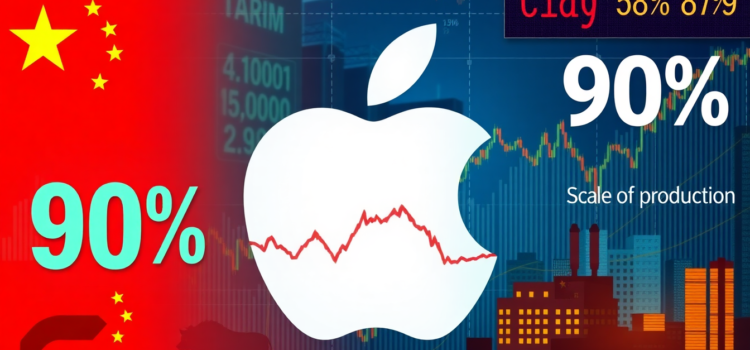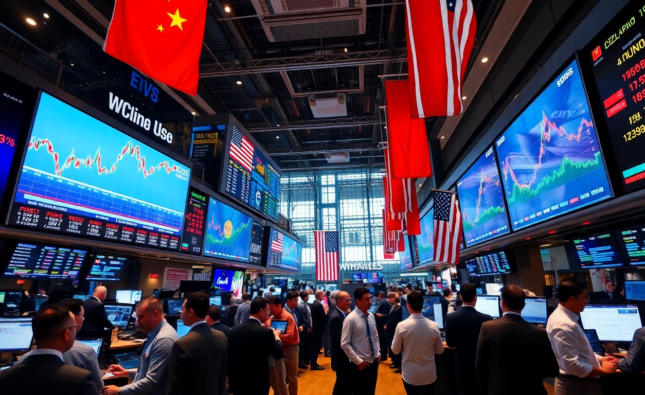
Apple Confronts $900M Tariff Costs and a 15% Stock Plunge Amid China Production Concerns
Introduction
In an era of globalized trade complexities, companies like Apple find themselves navigating through turbulent waters. Recently, Apple has been in the spotlight due to a significant $900 million increase in tariff costs. This financial burden has coincided with a concerning 15% dip in the company’s stock value. The underlying issue exacerbating these challenges is Apple’s dependency on China, where an overwhelming 90% of its production is concentrated.
This article examines the multifaceted impact of these developments on Apple’s financial health and strategic direction. Readers will gain insights into the broader economic implications and potential future steps for one of the world’s leading tech companies.
Tariff Challenges: A $900M Financial Burden
The imposition of tariffs has resulted in a staggering $900 million in increased costs for Apple. This development is a part of the ongoing trade tensions between major economic powers, notably the United States and China. These tariffs have immediate repercussions on Apple’s cost structure, leading to pressure on profit margins.
The Ripple Effect: Decline in Apple’s Stock Value
Coupled with tariff-related financial burdens, Apple faces a significant stock market challenge, experiencing a 15% depreciation in its stock value. This decline can be attributed to investor concerns about the company’s growth prospects amidst geopolitical tensions and increased operational costs.

China Dependency: A Strategic Vulnerability
With approximately 90% of its production facilities located in China, Apple is significantly exposed to risks associated with geopolitical instability, regulatory changes, and potential supply chain disruptions. This heavy reliance on Chinese manufacturing not only amplifies the effects of international tariffs but also raises questions about supply chain resilience.
Key Points:
- Potential supply chain disruptions could further exacerbate production delays.
- Diversification strategies may be crucial for reducing reliance on any single market.
- Long-term strategic planning will be essential to mitigate future risks.
Conclusion
Apple’s current predicament highlights the complex interplay between global trade policies, stock market volatility, and production dependencies. The challenges stemming from a $900 million tariff burden and a significant stock drop are further magnified by the company’s high dependency on Chinese manufacturing.
As stakeholders await strategic responses, Apple might consider diversifying its production base and exploring alternative markets to safeguard against future geopolitical risks. The road ahead will require agile decision-making and robust supply chain strategies.
Call to Action: Share your thoughts in the comments below on how Apple can navigate these challenging times. Stay informed by subscribing to our newsletter for the latest updates on global trade and tech industry news.










Comments